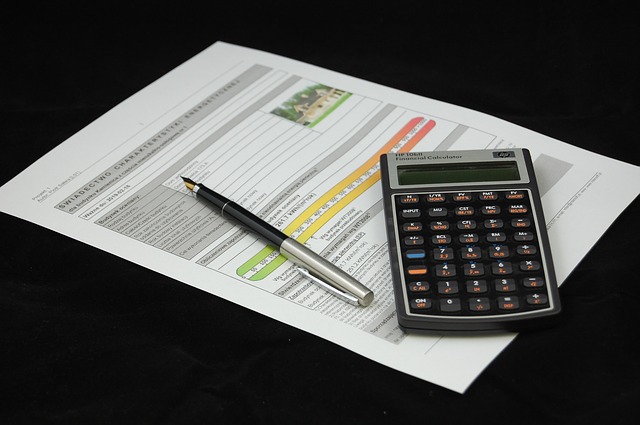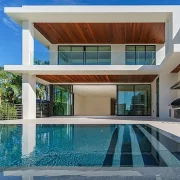The energy pass, also known as the “energy certificate“, makes it possible to compare all the houses, thanks to a precise knowledge of their primary energy consumption. Since January 1, 2008, this document has become mandatory for any construction, extension or modification of an existing building. But it is also an opportunity to look at the building’s energy performance and to improve it!
Energy Pass: A Rich Source of Information
By definition, the energy pass is the calculation of the primary energy consumption of a dwelling in predefined meteorological conditions and according to a standard comfort of use and within the framework of a well pre-determined use. It therefore makes it easy to compare the energy efficiency of two properties in Luxembourg, but does not constitute a real consumption simulation (as real consumption varies according to the weather, but also according to the needs and habits of the users).
Energy Pass: Your Obligations
The energy certificate became mandatory in 2008 for all the new constructions, extensions and renovations. It must be requested at the same time as the construction licence. Yet, this document remains optional when the work does not exceed 10% of the living space (or 1 500 EUR for a single-family building and 3 000 EUR for a multi-family building).
“The energy certificate became mandatory in 2008 for all the new constructions, extensions and renovations.”
Regarding residential buildings, there are several types of energy performance certificates as the requirements are not the same for a renovation or for a new construction.
Find our ads on:
Evaluation Criteria for The Energy Pass
The evaluation criteria of the energy pass contribute to the evolution of construction methods: the aim today is to improve thermal performance, in order to achieve buildings that are as energy-efficient as possible. In Luxembourg, the passive house is a first standard that we obviously intend to exceed!
Indeed, the specific requirements for buildings’ primary energy consumption, formulated in the Grand-Ducal regulation of 23 July 2016, are very strict, more so than those of neighbouring countries. For instance, a 20 cm layer of insulation materials is required for the walls and a 40 cm one for the roof, but also special attention is to be paid to the lower slab (which can become a source of heat loss).
The energy pass essentially assesses the compactness of the building (how it succeeds in heating the largest possible volume with a minimum of losses), the thermal envelope and the waterproof envelope (avoiding thermal bridges, limiting condensation which can generate humidity problems) and the orientation of the construction (favouring the south for living rooms, letting a maximum of natural light enter).
“The energy pass essentially assesses the compactness of the building, the thermal envelope and the waterproof envelope, and the orientation of the construction.”
How to Build Better to Meet – and Exceed – the Energy Pass Requirements
While there are already several obligations to comply with in order to obtain the energy performance certificate, some construction methods make it possible to go beyond the official recommendations, for even more environmentally friendly housing. It is with this in mind that the passive house model has been widely adopted on the territory, and that we are also seeing more and more positive energy buildings emerging from the ground.
Thus, while single glazing was sufficient in the 1970s and double glazing in the 2000s, three layers of glass are now used, with frames that combine robust and waterproof materials such as aluminium and wood for maximum energy efficiency.
At a time when many construction companies are still looking for profitability (and therefore for the cheapest materials that make it possible to work faster), a whole reflection is being organized around the future of today’s buildings. More than ever, it is becoming essential to promote alternatives that offer excellent thermal comfort, but also recyclable solutions that will not pollute the planet at the end of their life cycle.

